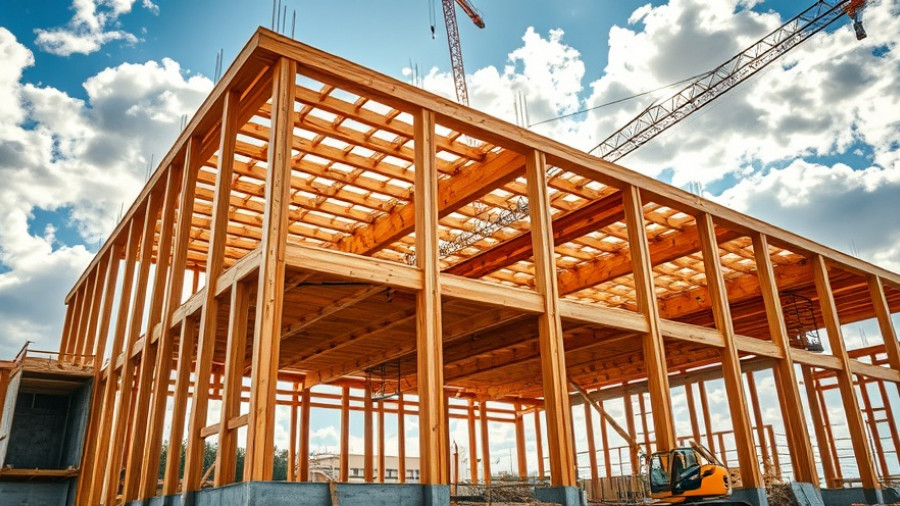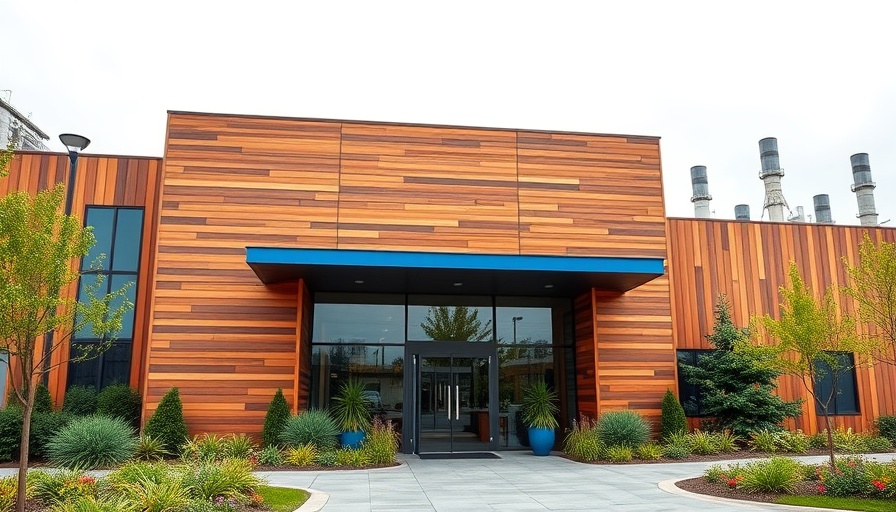
Transformative Changes for I-95: A Vision for Improved Traffic Flow
The Connecticut Department of Transportation has launched a transformative $136.5 million project aimed at replacing two aging bridges along the critical I-95 corridor in West Haven. The project, which commenced on April 17, is set to bolster safety and accessibility for over 142,000 daily commuters, ensuring a smoother transition through one of Connecticut's busiest travel routes. Built over 70 years ago, the bridges have long been due for replacement, with this investment signaling a proactive approach to infrastructure management that acknowledges both modern traffic demands and the necessity of durable construction materials.
Addressing Infrastructure Challenges: A National Concern
In the broader context, the new bridge construction in West Haven mirrors national infrastructure needs identified by the American Society of Civil Engineers (ASCE). Their 2025 Report Card indicates that approximately 49.1% of bridges across the United States are classified as being in "fair" condition, while 6.8% are deemed "poor." Such statistics are alarming, especially when coupled with the escalating risks posed by severe weather events. This pressing issue calls for strategic planning, resource allocation, and regular maintenance—exactly what the West Haven project aims to achieve.
Investing in Future Resilience: Upgrades Beyond Bridges
But this project goes beyond mere replacement; it encompasses a comprehensive plan to enhance the entire area surrounding the bridges. The southbound lane from Exit 44 will be extended, allowing for a seamless travel experience that leads to an exit-only lane for those heading to Exit 43. Additional improvements include better drainage systems, shoulder expansions, updated traffic signals, and enhanced lighting—all geared towards boosting not only safety but also efficiency. Such infrastructural upgrades will undoubtedly contribute to reducing congestion, which is essential for facilitating commerce in the region.
Why This Matters for Business Leaders
For business owners, property developers, and facility managers, this initiative represents more than just another construction project—it’s a long-term investment in the future of their operations. Enhanced infrastructure translates to improved access for customers and employees. Additionally, understanding the financial implications of these upgrades can guide strategic decisions facing construction firms. Among those considerations is the potential for disrupted services during the construction phase, balanced against the eventual economic boost following completion.
Actionable Insights for Future Projects
Business leaders should view the West Haven bridge project as a case study in proactive infrastructure improvement. As project management and construction professionals, they can leverage insights from this endeavor to assess their own projects. Key lessons include the necessity of thorough assessments before undertaking any large infrastructure work, ensuring compliance with safety regulations, and prioritizing sustainable construction practices. Such comprehensive planning is essential for successful project delivery and timely completion, ultimately fostering a more resilient community.
 Add Row
Add Row  Add
Add 




Write A Comment